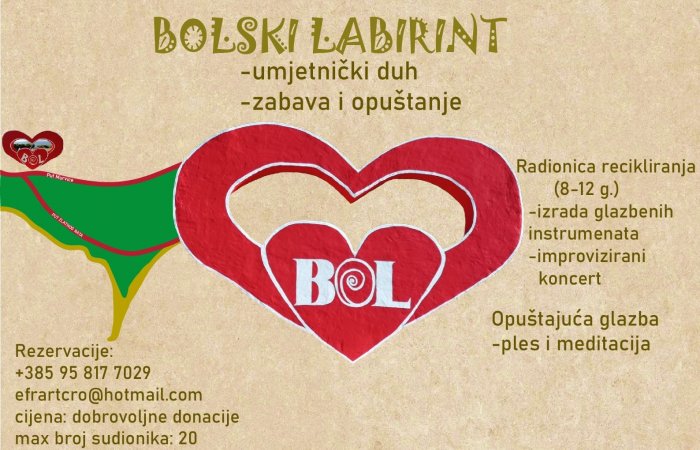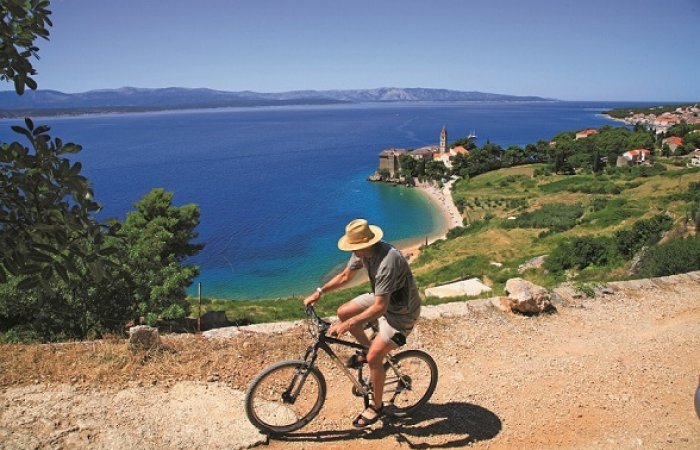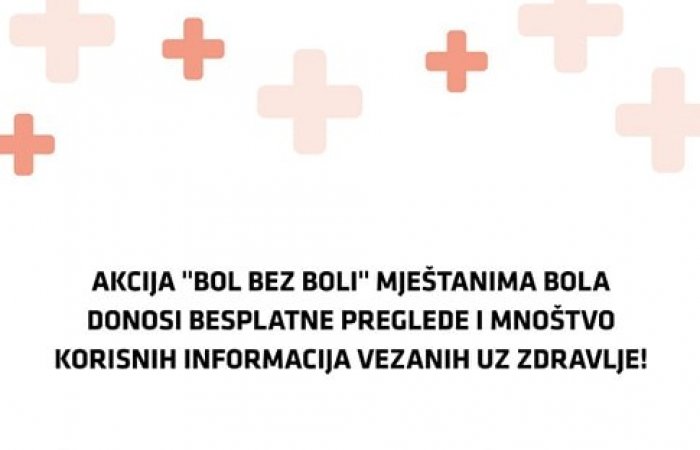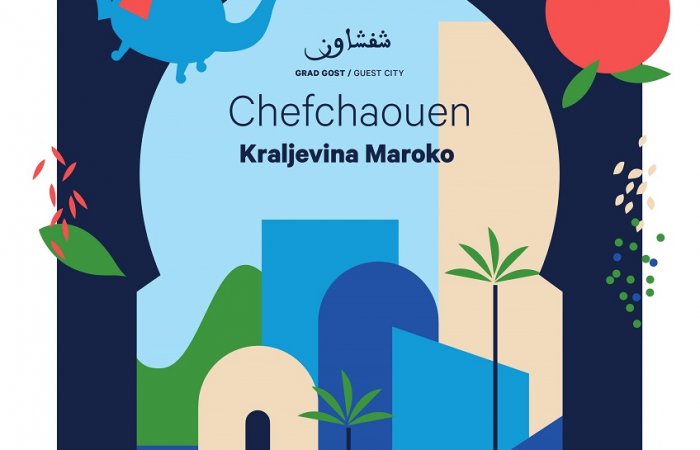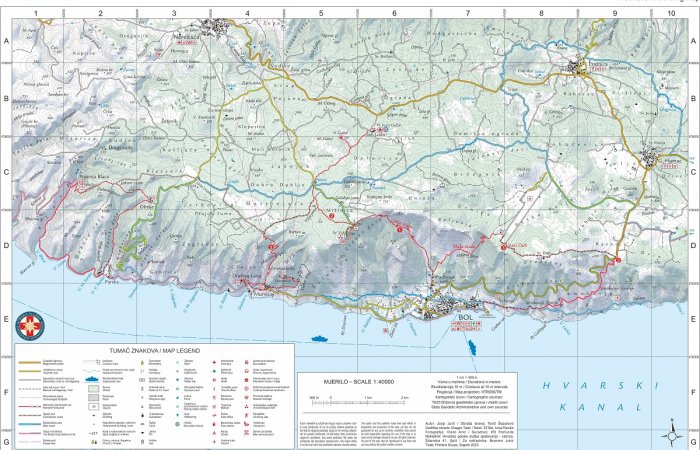Exceptional and challenging in its specific beauty island of Brač has been cherrishing olive and vine, sheep and goat, stone-masonry and stone-cutting… completing tourist offer with summer feasts and fieras and above all with pleasures adrenalin hunters yearn for
The island of Brač is like a world to itself, almost a microcosmos with its synthesis of rich cultural-historical heritage and stingy nature that has always been defining things on the island – in the early history influencing the development of olive growing and cattle breeding, grape growing and stone-masonry, and today modern tourism.
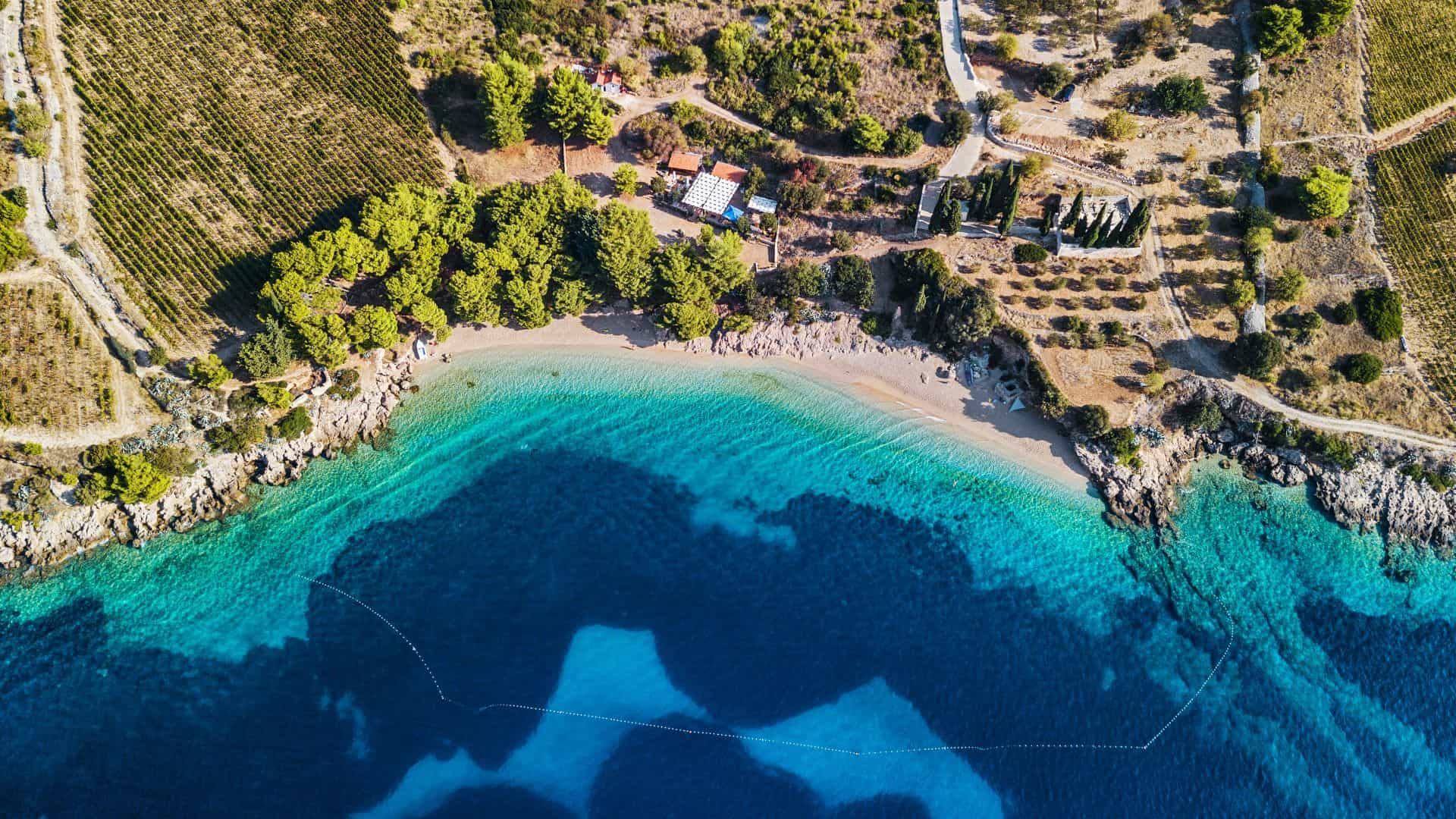
World famous Brač marble
As much as it is a paradox, the fact is that stingy land abounding in rocks has always been demanding superhuman efforts representing today the best possible spring board for development of industry based on pleasure, vacation and runaway from everyday life – cultural and adventure tourism. Throughout the centuries there were many people coming to this island with purpose of taming it, possessing it – conquering it, to make its stinginess fructiferous.
But Brač has always been a hard nut to crack, it has remained stingy yet rich in cultural heritage inherited by those who were trying to tame it throughout the centuries by building settlements and petting its land. They were creating beauty from its rough stones and out of its bare land exhausting rich scents and tastes. Even today stone, oil, wine, sheep breeding are bedrock for life on the island. Greek colonization of Dalmatia has not touched Brač.
During Roman times many farms developed – the so called Astarea. In the middle of Astarea villae rusticae were developed, residences surrounded by farm buildings. These were built out of white limestone found on the island, also used to build famous Diocletian palace in Split. Ever since these times generations of stone-cutters have been building the glory of stone masonry of the Brač island- the bedrock of its development.
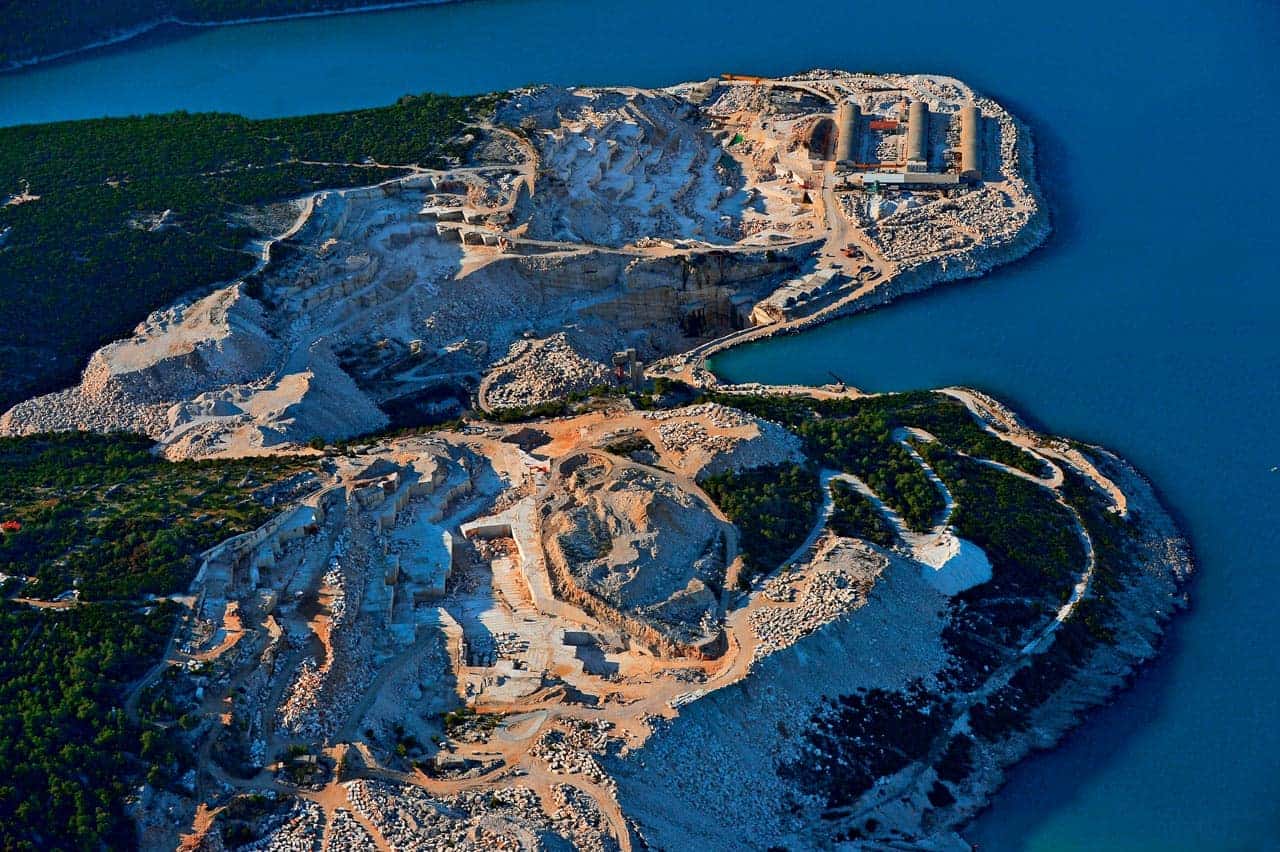
It is this limestone that has created everything on Brač up to this date. It stands there as a token of time materialized in the form of churches where native people used to pray for rain to soak the dry land, houses providing shelter from the storm, and finally tombs. Apart from mastering the stone, the Brač native has also managed to master the land which was essential for his survival. He has mastered the wine and olive oil production, which along with cattle breeding, navigation, fishing and cutting firewood has been the source of his income.
Brač is obligatory destination for lamb lovers
Even though grape growing on Brač for the past decade has not been as successful as on adjacent Hvar or Korčula, the tradition of Brač wine production is exceptionally strong-gold medals from international fairs won in the 19 ct. The old glory has been slowly recovering, so the Brač wines have been gaining more improved position on wine lists of our country and Mediterranean Europe. The most impressive Brač vineyards are located on its south slopes, above Bol, on steep petit fields and terraces, some of them are carved into the cliffs steeply descending towards fascinating beaches.
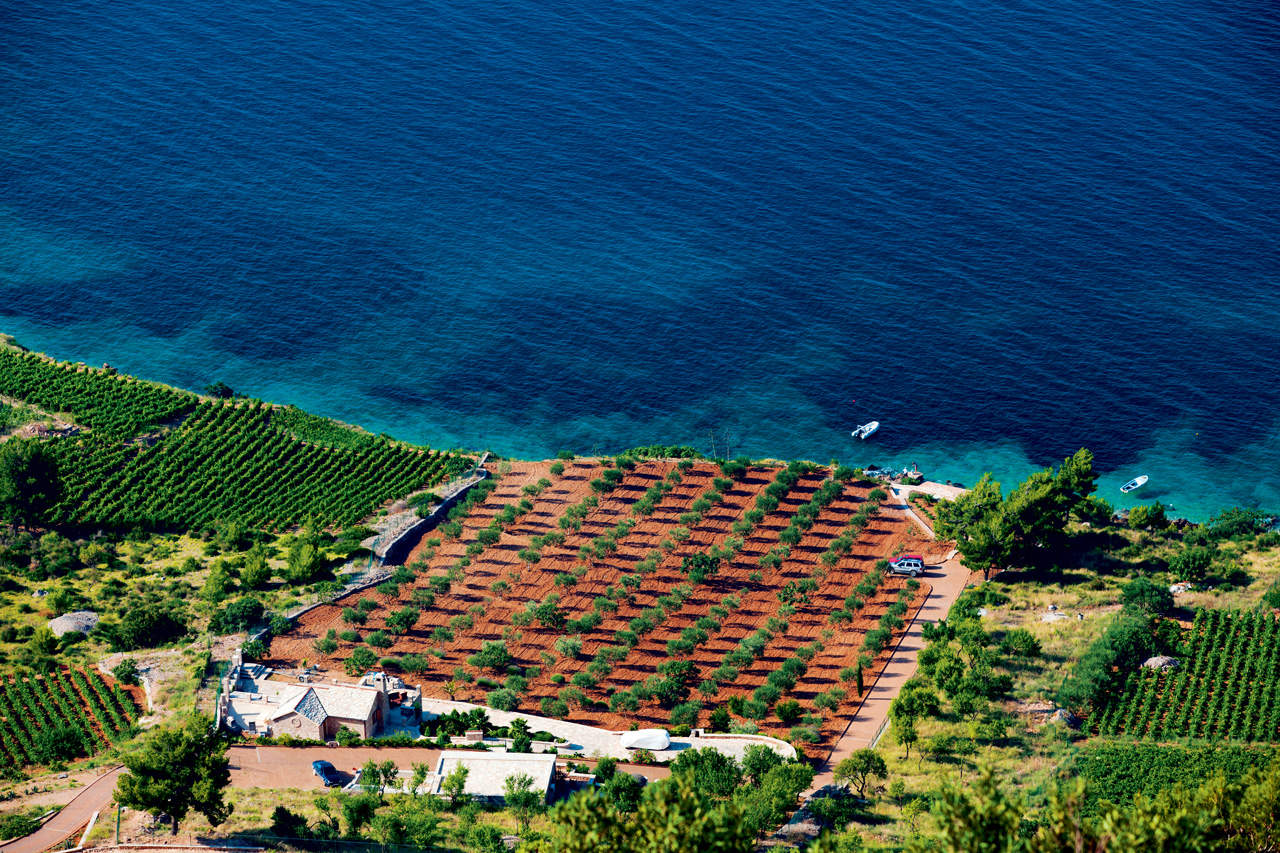
We might as well consider these vineyards as the best symbol of island’s development based on creation of magnificent out of nothing – in modern times creating some of the most beautiful landscapes enjoyed by numerous visitors of this island. Plavac mali, the most significant red wine sort in Dalmatia and on this island, is a proof of effort and capability that rocky land, with a drop of water, can provide fruits, presenting transformation of imperfection into exceptional quality. You can enjoy a glass of dark red, dense Plavac, lightly sour with very pronounced bouquet and a quality bite in traditional taverns and family husbandries.
Should you come upon idea to explore Brač island on your own there is a variety of possibilities to do it in an active way. Paths leading from every village towards the inland of the island are ideal for one day trekking trips with your family, and for those more ambitious they can find challenge on one of the routs of Male and Vele staze leading from Bol towards Vidova gora
It is not certain whether Olea Europea was first cultived on Brač by Illyrians or Romans, nevertheless it belongs to one of the island’s traditions, a tradition as old as the civilization itself. Olive growing on Brač prospered most during the reign of Venetians. This is the time when olive was planted on almost all appropriate surfaces simultaneously inappropriate for other plants. During these four centuries Brač has gained the leading role in olive growing. Olive has become the most significant for survival.
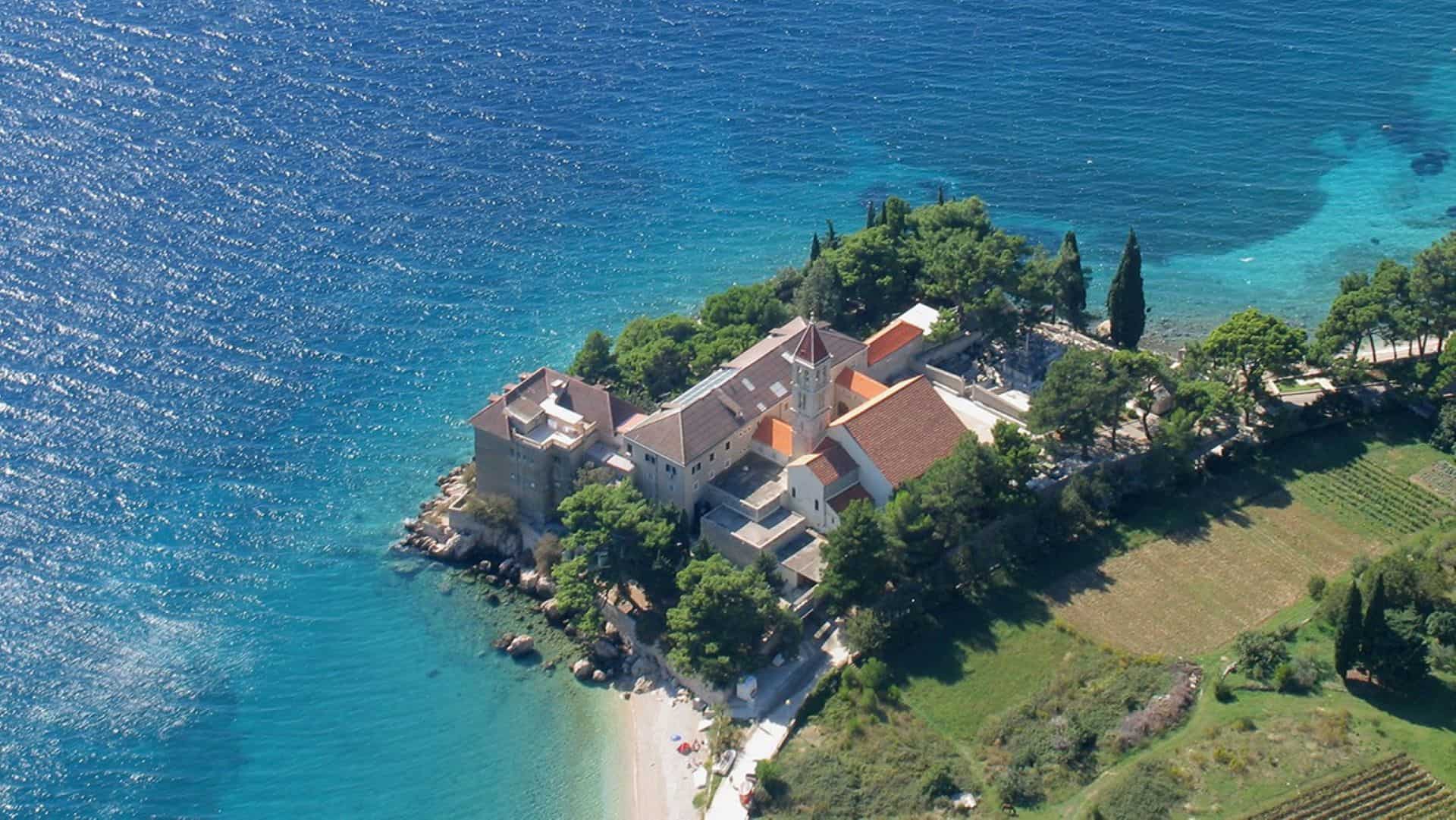
The Brač natives are proud of their old olive oil sorts like oblica, levantinka, lastovka and buhavica. Abandoned olive groves have been recultivated and new olives have been planted. This activity includes also taking care of landscape and biodiversity. This could help prevent devastation of Brač drywalls and piles of stone. Besides stone, wine and oil, sheep breeding has been, ever since there has been life on the island, one of the most important branches of economy. The Brač lamb, reared in ideal environment, without herbicides and pesticides on pasture grounds, deserves name ‘eco’ and takes high place on gourmet menus.
Lamb is the most precious of all meat sorts of the Dalmatian islands. Brač is obligatory destination of true ‘Bonkulovići’ lovers. The Brač Vitalac counts for the most interesting and original fine food, therefore it has been enlisted under protected cultural goods of the Republic of Croatia. Cooking this meal that consists of lamb and goat entrails belongs to one of the most significant Brač traditions, dating from Roman times, but not as a meal created by a witty chef, but a meal deriving from the need to use everything from the animals reared on stingy island land.
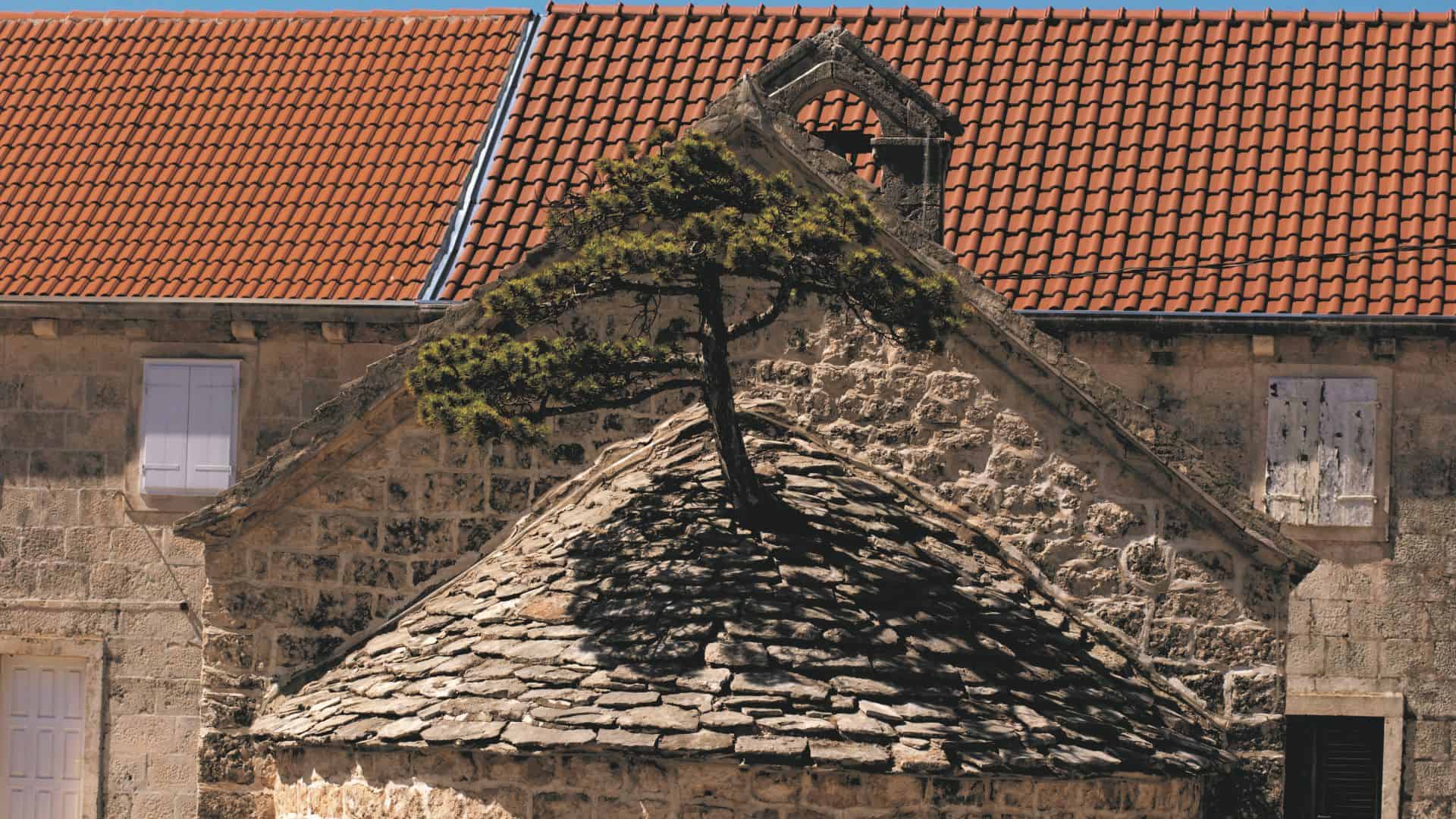
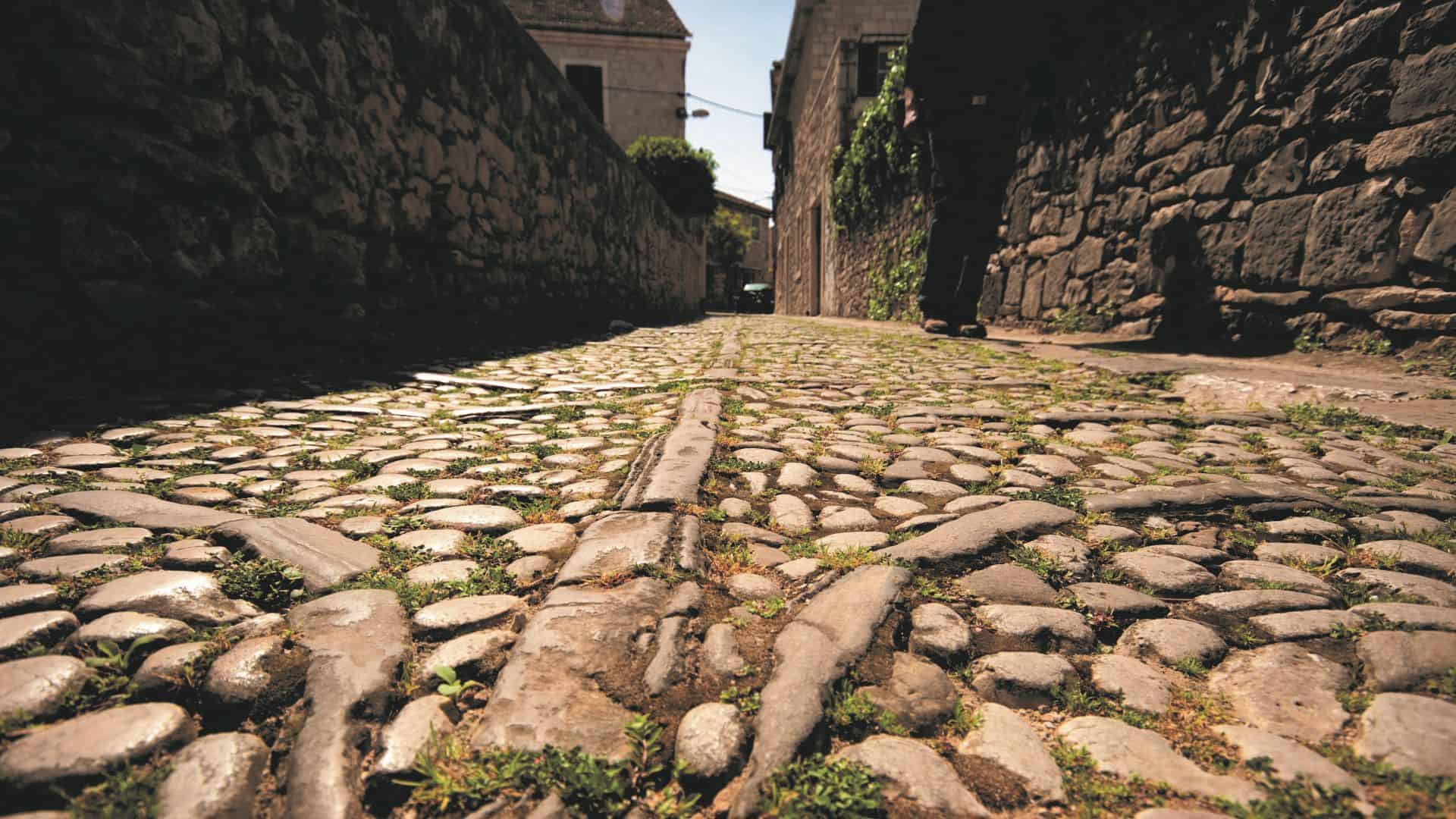
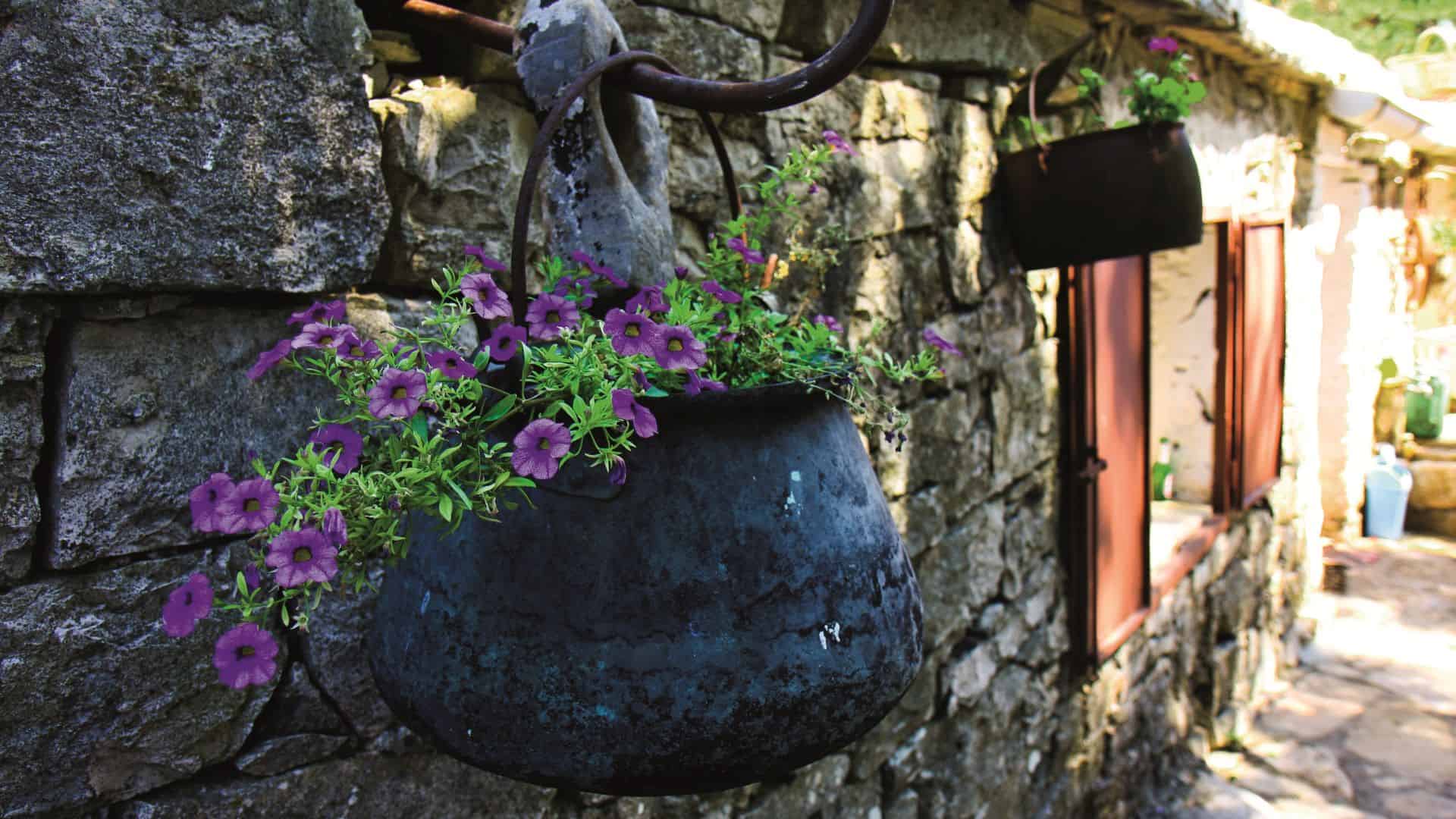
To utterly enjoy the taste and smell of Vitalac, there is no better place than deep shades of Brač hills, in the dwellings of the shepherds called Vidova gora. The highest mountain of the Adriatic islands (778 m) always fascinating with its beauty and secrets of its thick forests and hidden dales. You can reach the top of Vidova gora by car which makes Vidova gora approachable even to a modern always in a hurry man. The view reaches across the whole middle Dalmatian archipelago. From this central point roads lead towards hilly inland, space of stone and greenery, descending towards hidden ports and coves.
Milna is nautical center of Brač
There is always hustle and bustle in these ports. The folklore of the island has been under the influence of Mediterranean and continental cultures – due to inhabitant’s migrations – and has been preserved in different varieties of the Brač dialects, stories, songs, dances and singing along with lyre. These performances, very frequent in most of the Brač villages, especially in summer, are a great contribution to the cultural life of the island, including summer exhibitions, scientific symposiums, nights of the Brač poetry held in lively ‘čakavica’, concerts, sculpting exhibitions…
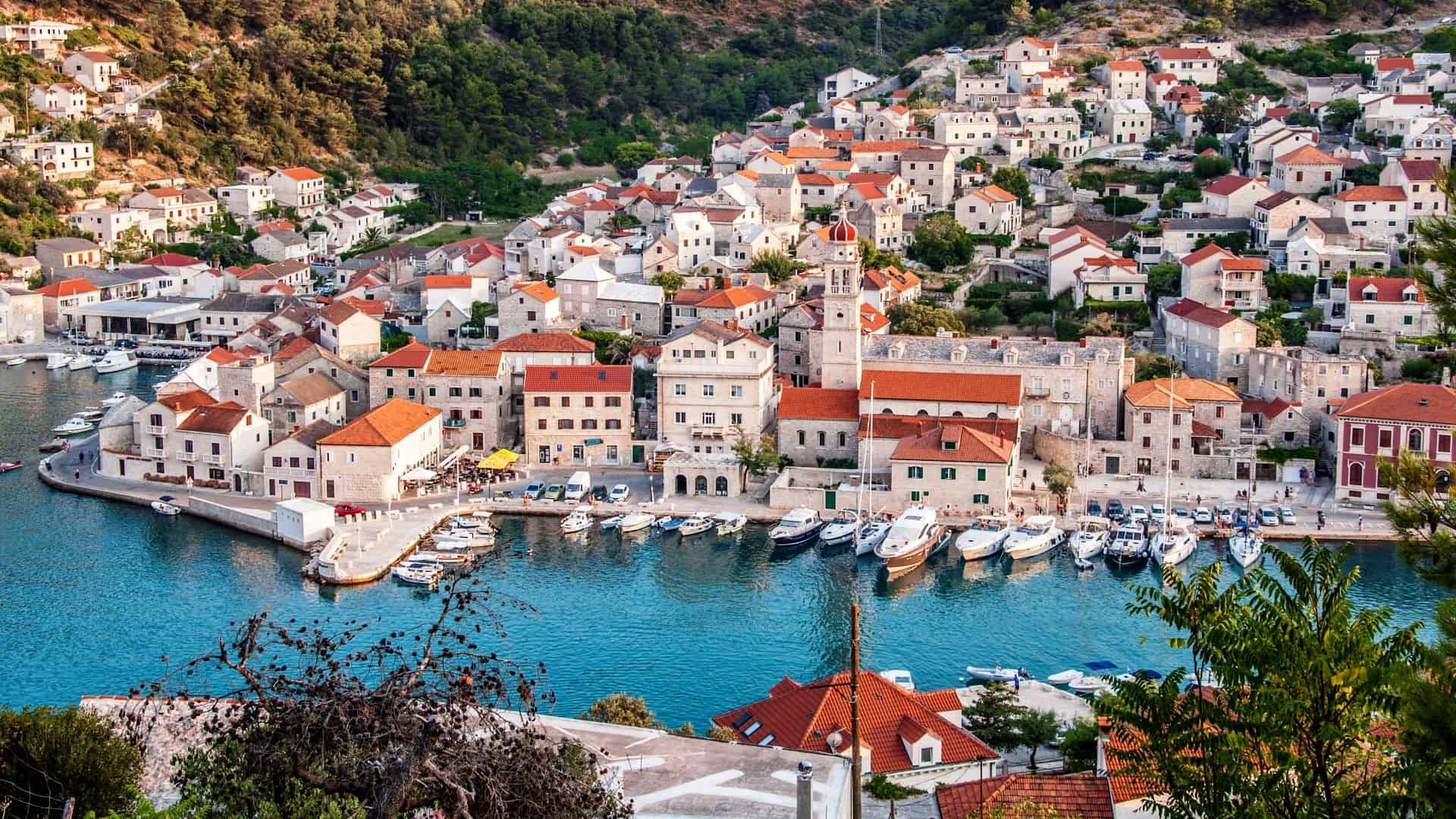
Traditional fieras take place in summer, and start with liturgy celebration and pageants going through the village followed by folk’s party. The cultural life of Brač comprises in itself international festivals, like Supetar Super Film Festival, first of this kind on our islands as well as interesting musical part. Besides this one Supetar is also a host of several manifestations like gastro Biser mora (Pearl of the sea) and Otočki festival (Festival of the island). For years a sailing night party under reflectors has been held in Postire. The Mozart’s ‘Little Night Music’ marks the start of this controversial Mala noćna regata (Little night regatta).
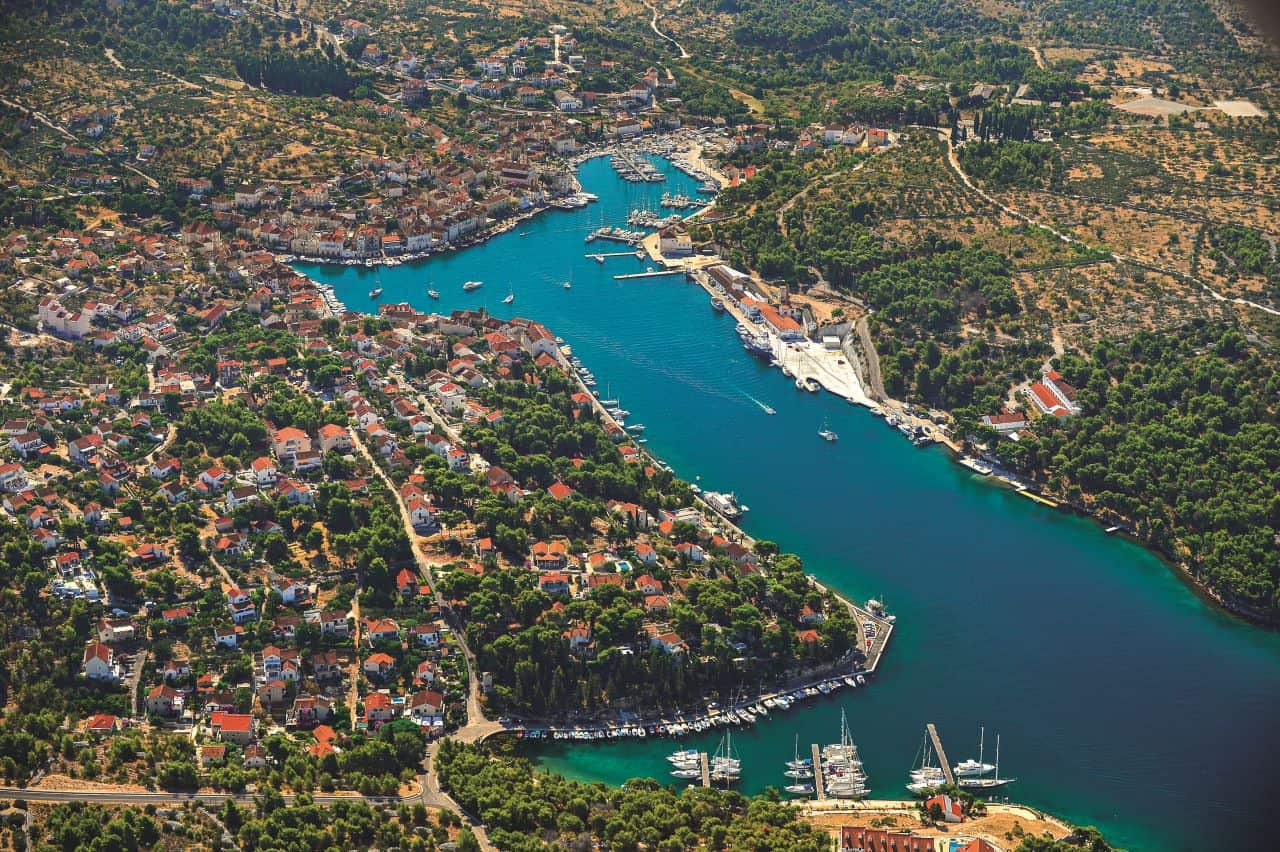
Milna, nautical center, organizes a unique tourist happening ‘Potezanje Mrduje’ (‘Pulling Mrduja’) – it depicts a legend on pulling the island Mrduja between the inhabitants of Brač and Šolta. Sutivan has been for more than a decade a gathering place of the passionate lovers of adventure sports, called ‘Outdoor sports & film festival Vanka regule’.
It is a manifestation of numerous competitions, sports disciplines, demonstrations and festival of adventure film. Vanka regule is not only about sweat and adrenaline of the competitors – it is about Sutivan with its centuries long history… moreover it is about the entire island of Brač offering besides magnificent nature also a unique content and experience. The number of competitors, disciplines and thrilled audience of Vanka regule festival only proves that the idea of Brač being the island of adventure sports makes a lot of sense – for this sports manifestation there are many fun years to come.
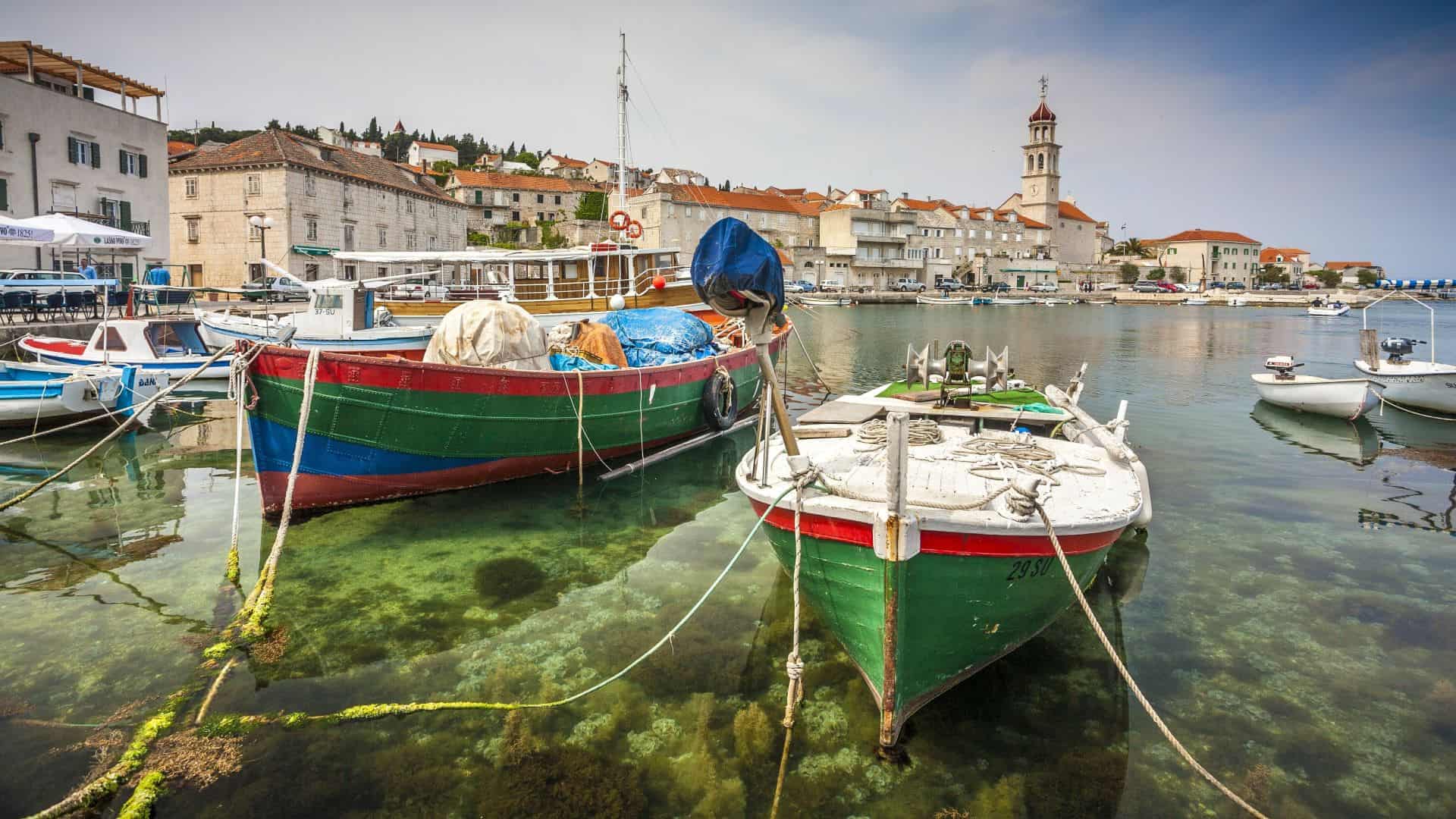
Should you come upon idea to explore Brač on your own there is a variety of possibilities to do it in an active way. Paths leading from every village towards the inland of the island are ideal for one day trekking trips with your family, and for those more ambitious they can find challenge on one of the routs of Male and Vele staze leading from Bol towards Vidova gora.
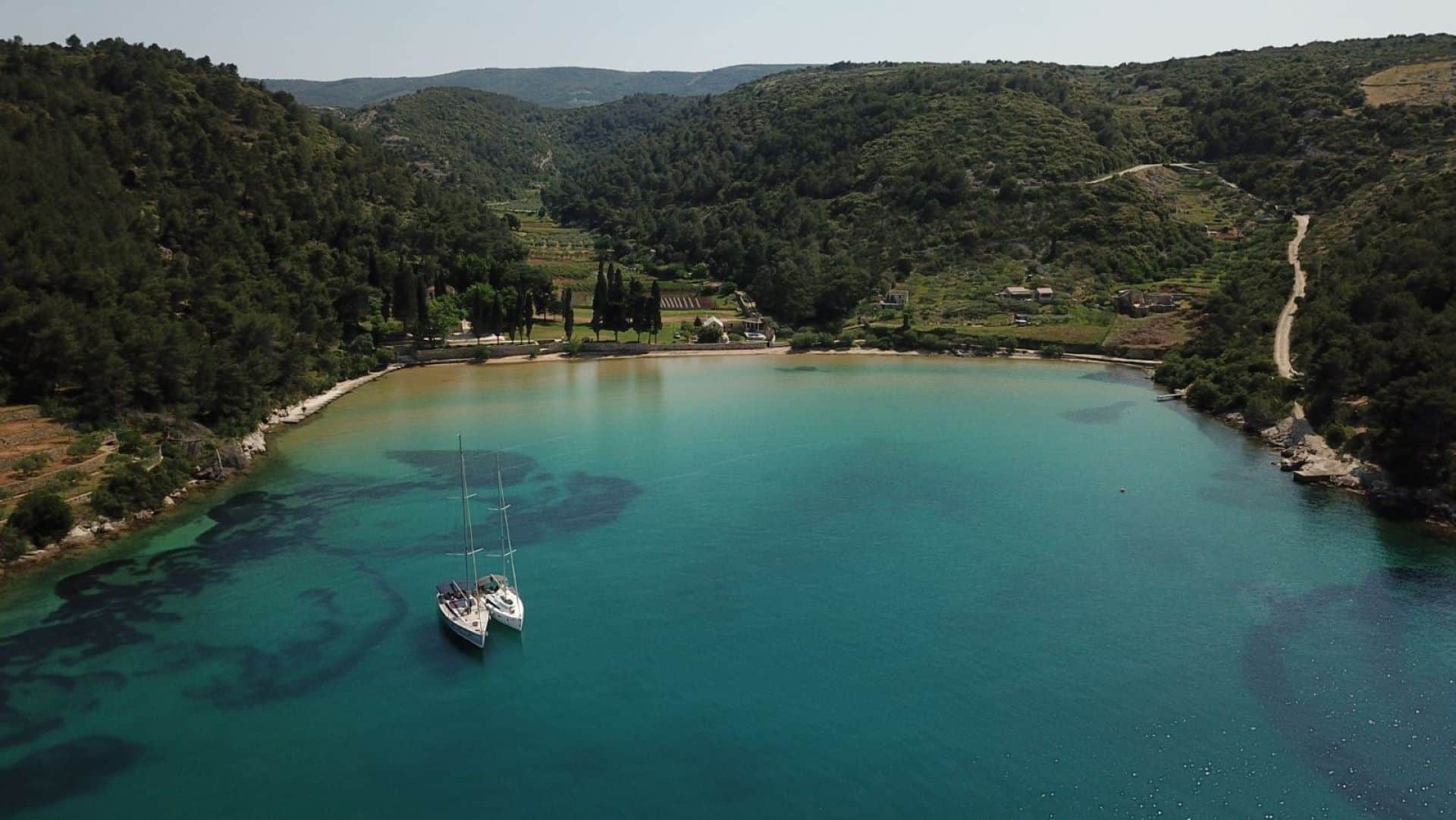
One of the best ways of sighteeing would be by a mountain bike leading you through narrow paths of intact landscapes towards old Brač villages. You will be passing through hills offering you spectacular views on olive groves, vineyards and Middle Age churches. You have at your disposal tracks different in length and ascent. In case you do not have a bike you can rent it on different locations on the island. Whether you are an absolute beginner or an experienced kayaker at sea, this island offers huge possibilities.
Adventure tourism is certainly an attraction Brač has to offer as a destination for guests yearning for cultural events and gastro pleasures in the unique ambient
You can rent kayaks of different models (‘sit on top’ or those meant for expeditions), pedal on your own or rent a guide. Brač beaches are well known for their beauty, starting from those just off the villages, to those distant ones, in quiet coves. The northwest side of the island provides array of some twenty bays and beaches, which even in the high peak of the season can offer you a peaceful isolation in transparent sea, and during hottest days cool shades in the woods of Aleppo pine trees.
Recently Brač has gained a reputation of a free climbing destination: in vicinity of Ložišće, in ‘Veliki dolac’ canyon – you can enjoy a beautiful crossing stone bridge, as people call it the bridge of Franjo Josip – there are more than a hundred free climbing routs of different grades.
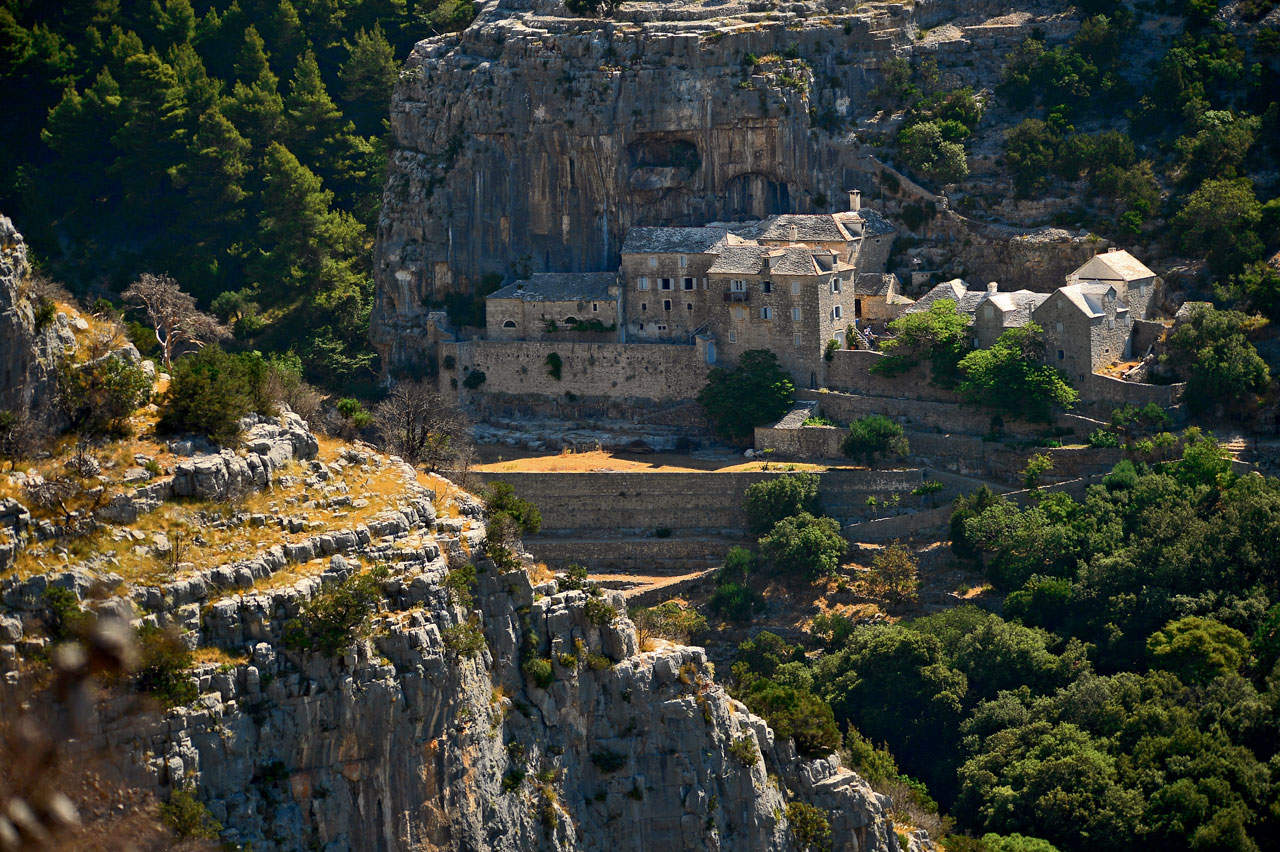
A new 135 km long circular walking and tourist trail on Brač will connect the 12 most attractive historical sites and the most picturesque locations of Central Dalmatia’s largest island. The Via Brattia trail will be a challenge for recreationists and hikers, but also for real adventurers in search of a new experience.
Surfers paradise in Bol
Along the trail there are a number of historical attractions such as the chapels of St. Spiridon, not far from Sutivan, and St. Martin above the village of Bobovišće, the attractive Blaca Hermitage, the Dominican monastery in Bol and the Franciscan monastery in Sumartin, St. Ivan Basilica, Mirje, Lovrečina bay, Dragon’s Cave above Murvica, where Glagolitic priests lived, Podsmrčevik, which is one of the five hamlet villages, the stonemasonry school in Pučišća and the Brač Island Museum in Škrip.
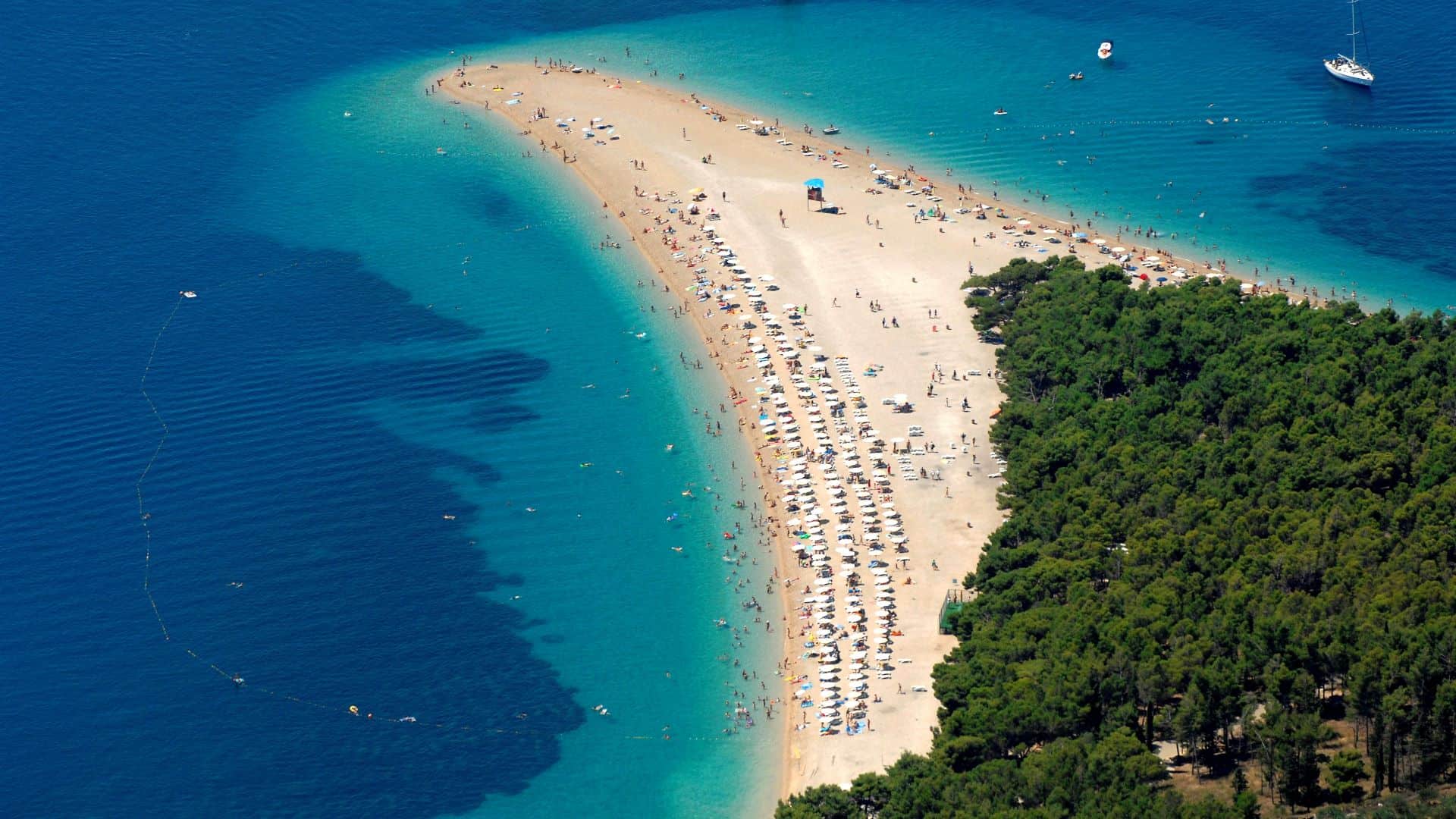
The visitors of this island would certainly like to try out water sports and water activities. Many options await you. Dinghy sailing in the afternoon mistral, nautical tourism and unforgettable surfing near famous Zlatni rat beach in Bol. Adventure tourism is certainly an attraction Brač has to offer as a destination for guests yearning for cultural events and gastro pleasures in the unique ambient. Brač is a genuine island of culture and adventure combining natural resources with its rich cultural-historic heritage making it an exceptional destination for an active vacation.
Tekst Ivo Ljubetić Šteka
Fotografije Ivana Miletić, TZO Bol, TZO Milna, TZO Postira, Zoran Jelača/HTZ, Aleksandar Gospić/HTZ, Ivo Pervan & Mario Jelavić
Original article: https://www.yachtscroatia.com/yachts-guide-to-brac-island-of-the-cultural-adventure/















